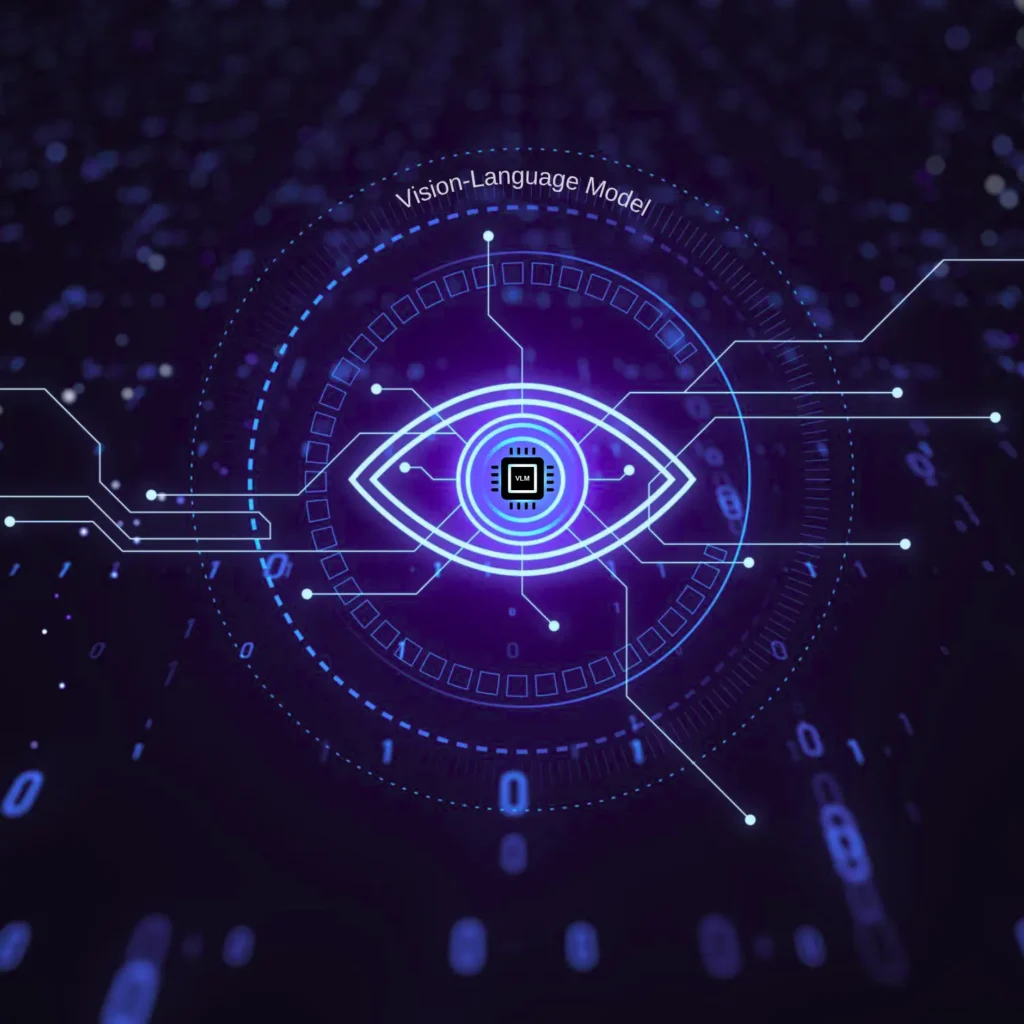Introduction
With steady advancement in technology, there is a rise in custom-made solutions offered by businesses. Users are increasingly becoming accustomed to personalized results being spoon fed. Recommendation systems work to deliver meaningful results to individuals based on what they might prefer. Providing relevant content to the users helps cut through unnecessary information and directly reach the content that would interest them.
However, predicting user preferences and delivering appropriate results is a persistent challenge for many businesses. More often the recommender system fails to deliver targeted results and ends up showcasing generic results that lead to loss of engagement and revenue for the business. This is where LLM steps in to convert user data to prompts for utilizing their knowledge and delivering perfectly tailor-made results.
Large Language Models (LLMs) assist in handling a range of operations including recommendation-related tasks. One of the core strengths of LLM is contextual interpretation which assists in narrowing down user preferences. They employ machine learning to study user preferences with the help of behavioral patterns including browsing history, reviews, likes and purchases to assist in providing personalized recommendations.
They are one step ahead of the conventional recommendation systems in that they do not solely depend on keywords and metadata. LLMs are capable of understanding the entire text of an article to provide recommendations aligned with the user’s intent. These systems also study the activities performed based on recommendations to improve the services in the future. In this article, we will look at how LLMs assist in augmented recommendation systems.
Understanding Language Models (LMs)
A language model employs machine learning to do probability distribution and predict the next words. This is to say that it provides a probable sequence that might be valid. They are trained on large data sets to understand the statistical relationship between words and phrases.
The LLM-powered recommendation system studies the user’s past behavior and interests while paying attention to the text of the things the user shows interest in. It is with this set of information that the system personalities the results for the user. Not only this, but they also take note of user feedback by studying how the user reacted to the recommendations shown to them with an aim to enhance the recommendations in future.
Modern LLMs such as Claude2 and GPT4 are capable of understanding customer transactions and historical trends. Claude2 can study about 100K tokens in each prompt making it capable of analyzing over hundreds of pages of content. This data can then be fed to an LLM as a prompt for getting recommendations on the next best action.
Let’s dive into the perks of using LLMs in recommendation systems:
1. Better Customer Experience: LLMs understand customer needs, enhancing businesses’ ability to provide top-notch customer experiences.
2. Scalability: LLMs adapt to new tasks swiftly, effortlessly scaling with the company’s growth without the hassle of fine-tuning.
3. Personalization Boost: By creating customer profiles, LLMs empower companies to offer personalized deals, maximizing conversion rates.
4. Efficiency Gains: LLMs cut down on the need for human intervention, generating custom messages seamlessly for personalized services in a zero-shot manner.
Now, let’s talk about some downsides of bringing LLMs into recommendation systems:
1. Data Dilemma: LLMs rely heavily on the data they’re fed, and if it’s off or inconsistent, it messes with the results. Take movie recommendations, for instance—the rating of a film might swing on different platforms, messing with the suggestions.
2. Budget Constraints: Training LLM models can put a dent in your wallet. They’re not cheap, and they demand hefty info sets to supercharge your recommendation game. Translation: it takes a lot of time and resources to make it work smoothly.
Augmented Recommendation Systems
An augmented recommendation system is a type of machine learning that predicts user preferences amidst a host of options based on their preferences. These systems are trained to study user interactions and deliver valuable results difficult for the users to find on their own.
They are effective in a range of businesses including books, movies, clothing, or classes. Augmented Recommendation Systems further enhance the functioning of these systems by making them more specific and efficient. These systems assist in understanding customers better by:
- Sentiment Analysis: They can grasp the sentiment behind the text with its ability to analyze social media posts and customer reviews. This benefits in gauging the customer satisfaction level and areas for improvement.
- Customer Intent Detection: Augmented Recommendation Systems are capable of decoding the customer’s intent behind queries and support tickets and categorizing them. It helps in interpreting common queries and building responses.
- Customer Profiling: They gather and store information to help create customer profiles based on their interactions. This helps businesses efficiently segment their customers to send personalized recommendations.
- Knowledge Graphs: Lastly, just like API, Enterprise Knowledge Graphs can analyze specific contexts in relation to other business entities.
A range of companies employ the augmented recommendation system to deliver personalized services. Netflix, Spotify, and Amazon are a few companies that employ this system to grab customer attention and keep them coming back for more. Shopify has lately collaborated with Google’s AI to provide better recommendations to its users.
Training LMs for Augmented Recommendation Systems
A preprocessing step is integral to training LMs for recommendation systems. It essentially involves 5 tasks including:
- Sequential Recommendation: Analyzing past purchases helps determine what items might be a good recommendation for the next purchase.
- Rating Prediction: What rating would the customer potentially give a particular product or service?
- Explanation Generation: Generate a detailed explanation for products and services.
- Review Summarisation: Summarize the review in simple language for further processing.
- Direct Recommendation: From the list of products, choose the best item to recommend to the user.
Under this process, all the user data available is converted to a natural language sequence for processing. The different methods of employing LLM in recommendation systems are:
- Prompting/ In-context Learning: This is a method where the model makes use of the immediately preceding text without the need for fine-tuning the task. A range of pretraining processes are used to teach the model what to deliver based on the previous set of tasks.
An example of this is, recommending a movie for someone who likes “Money Heist” and “The Great Heist”. The answer is “This Is a Robbery”. In this case, the prompt has instructed the LLM on what the task is and it has used internal knowledge to deliver the result.
- Fine Tuning: LLM models are capable of being fine tuned for almost every task. However, it is important to understand the training objectives and loss functions before fine-tuning an LLM model such as ChatGPT or BERT. GPT is the recommended system when the business wants to predict future items in a user sequence and BERT is adept at analyzing context cues. The model to be chosen depends on the nature of the data as well as the need of the task.
However, there are certain challenges and considerations that must be considered before training LMs for augmented recommendation systems. These include:
- Training Variations: At times, there can be a significant difference between the training provided and the actual data sets provided to the system. As a result, training can prove inadequate sometimes while delivering proposed results.
- Domain Specification: Several times the data is built on domain specifications and might not be interpretable otherwise. The machine learning modules fail to deliver results for different domains.
- Biased Data: Prompt-tuned LLMs sometimes exhibit unaccepted behavior such as generating biased text, concocting facts and not delivering as per the instructions.
Benefits and Impact of Augmented Recommendation Systems
Augmented recommendation systems provide a host of advantages to businesses, simplify their operations and build a platform of loyal customers. Some of the key advantages are:
- Improved accuracy and personalisation in recommendations: Living in an age of hyper-personalisation, customers expect assistance while making purchases. Delivering results of personalized recommendations helps enhance the conversation rates. With the increased efficiency of the LLM modules, recommendation systems provide more accurate recommendations.
- Enhanced user experiences and engagement: With improved and accurate personal recommendations, the user experience gets enhanced manifold. They prefer engaging with the brand which makes it simpler to navigate to their desired results.
- Business advantages and potential revenue growth: Ultimately, the goal of all businesses is to increase their revenue. A better user experience coupled with better engagement provides businesses the avenue to avail of business advantages.
Ethical Considerations and Challenges
With a host of advantages, there are also some limitations of the LLMs in augmented recommendation systems that must be considered before incorporating them. These include:
- Privacy concerns and data security in recommendation systems: Large data sets must be provided to LLMs for training purposes as well as later implementation. This often involves private data about customers and the organization. There are chances of data leaks and misuse once the company data is fed into LLMs.
- Bias and fairness issues in recommendation algorithms: LLMs might gather data that is biased and consequently deliver biased results. It is prone to using information based on geographical and other factors that stem fairness issues in recommendation algorithms.
- Ensuring transparency and accountability in Augmented Recommendation Systems: The results provided by LLMs might not always be transparent. There is neither transparency or accountability in the functioning of this system as opposed to human intervention and working.
Future Trends and Conclusion
LLMs have brought the recommendation systems a long way from their traditional functioning. With the growing complexity and size, one can expect an enhanced recommendation system in the future free of the current limitations of the system. Not only this but LLMs are also being trained to work on a conversational model where customers can directly interact with them in natural language.
With the integration of LLM in recommendation systems enhancing the usage, it is a promising sphere to be the focal point for more innovative uses in the future. The scope of the augmented recommendation system will also spread to different spheres moving beyond the current employment in e-commerce and content streaming networks.



